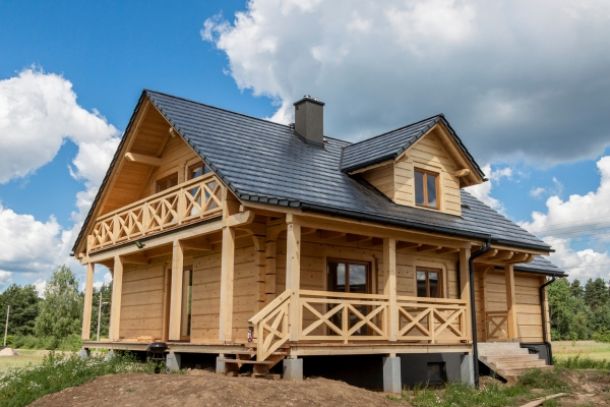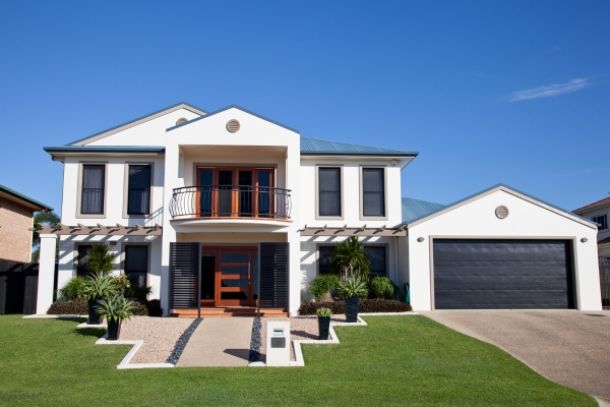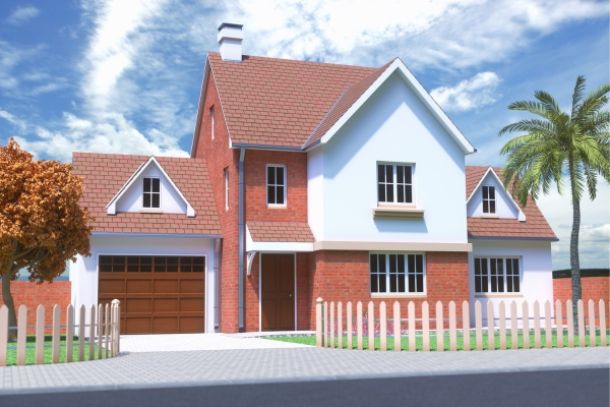Future Trends in Wooden House Construction
Future Trends in Wooden House Construction
The future of wooden house construction is being reshaped by advancements in technology, sustainability, and design. This article examines emerging trends that are poised to transform the way we build and live in wooden homes, from innovative materials to smart automation.
Introduction
As environmental concerns grow and technology evolves, wooden house construction is undergoing a significant transformation. Future trends focus on reducing environmental impact, enhancing energy efficiency, and improving the overall functionality of wooden homes. Builders and architects are increasingly exploring hybrid construction methods and digital technologies to create structures that are both resilient and adaptable.
Emerging Trends
- Sustainable Materials and Green Certifications:
The use of certified sustainable timber and reclaimed wood is becoming standard practice. Future constructions may also incorporate biocomposites and engineered wood products like cross-laminated timber (CLT), which offer enhanced strength and fire resistance. - Modular and Prefabricated Construction:
Modular building methods continue to evolve, allowing for faster, more cost-effective construction. Prefabricated elements are designed in controlled environments, reducing waste and ensuring precision before being assembled on-site. - Digital Design and Automation:
Building Information Modeling (BIM) and advanced CAD software are now integral to modern construction. Automation in fabrication and assembly – including robotic cutting and assembly systems – can improve accuracy and reduce labor costs. - Smart Home Integration:
The integration of smart technologies, such as automated climate control, lighting, and security systems, is expected to become more prevalent. These systems not only enhance convenience but also contribute to energy savings and sustainability.
Energy Efficiency and Sustainability
- Passive Solar and Renewable Energy:
Future wooden houses will be designed to maximize passive solar gains, with large, energy-efficient windows and thermal mass elements. Renewable energy systems, such as solar panels and small wind turbines, will be more seamlessly integrated into the home’s design. - Advanced Insulation and Airtight Construction:
Innovations in insulation – including spray foam and natural, eco-friendly alternatives – will further improve energy efficiency. Airtight construction methods, combined with mechanical ventilation with heat recovery, will ensure optimal indoor air quality and thermal comfort.
Conclusion
Future trends in wooden house construction promise to revolutionize the industry by merging traditional materials with innovative technology. As sustainable practices, digital design, and smart home systems become more integral to construction, wooden homes will evolve into highly efficient, resilient, and modern living spaces. These advancements not only enhance the building process but also pave the way for a more sustainable future in residential construction.


